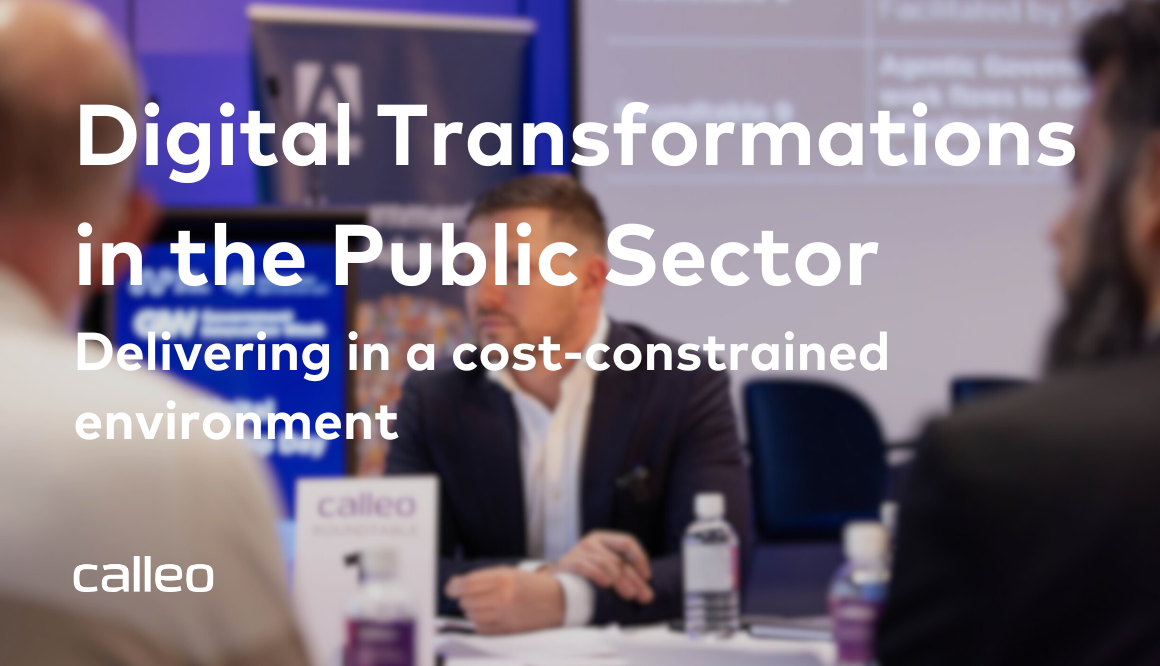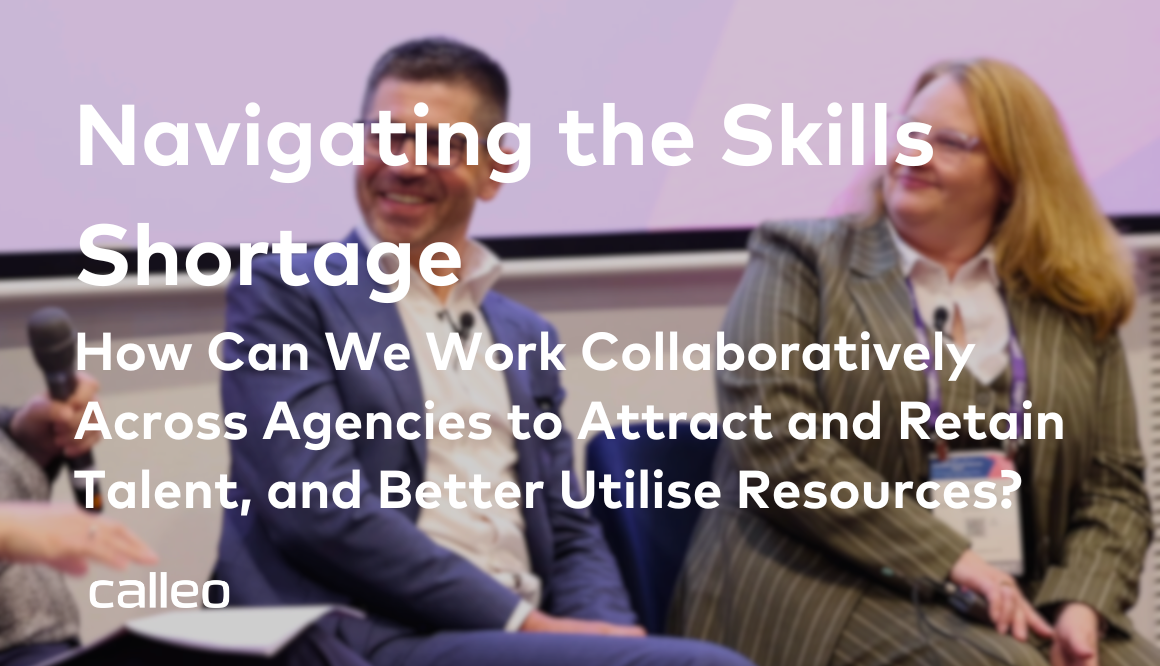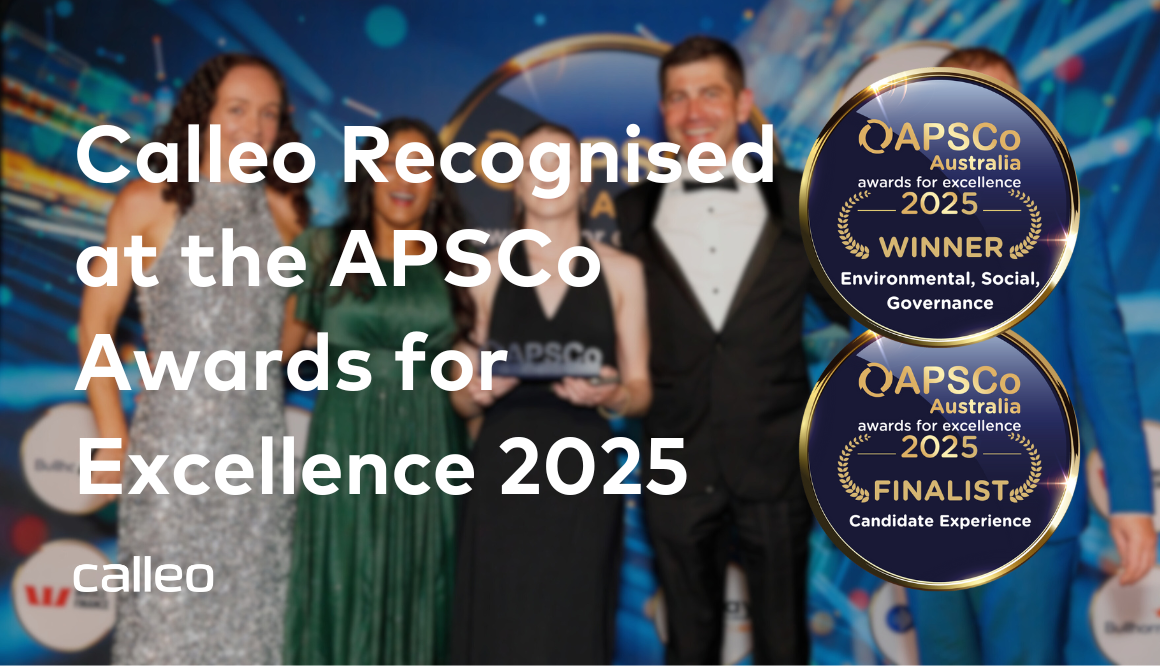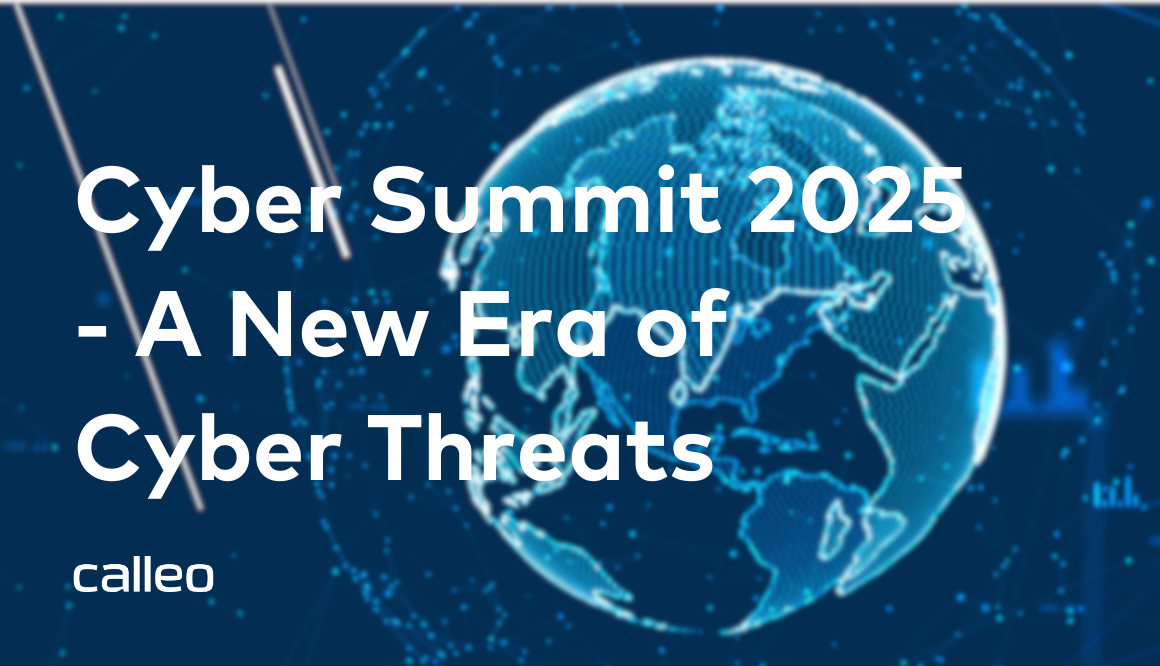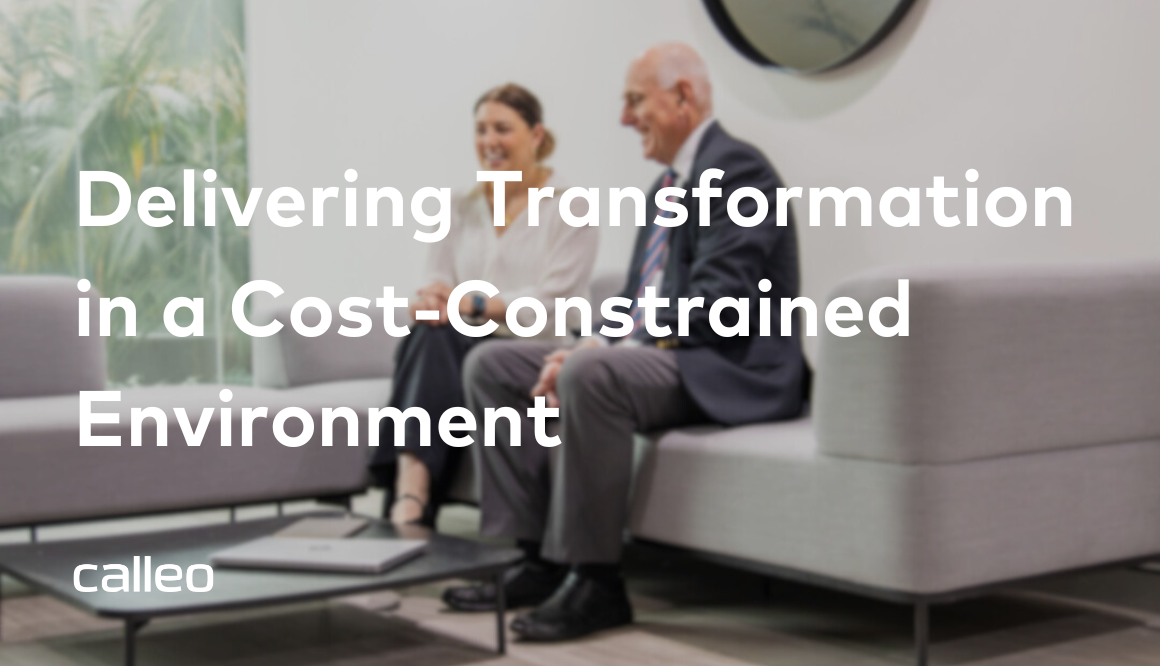Leadership is the Real Productivity Engine
ACS Leadership Breakfast: Empowering productivity through leadership
At the ACS Leadership Breakfast in Canberra, proudly sponsored by Calleo, the discussion circled a familiar tension: technology is advancing faster than organisations can plan for it. AI, automation, and quantum computing continue to reshape how work gets done, but the speakers made clear, real productivity doesn’t come from adopting new tools. It comes from leadership - the kind that builds trust, sets direction, and helps people handle constant change.
Adaptability Over Long-Term Plans
Charles McHardie, Chief Information and Digital Officer at Services Australia summed up the problem facing every large organisation: technology now evolves too quickly for static strategies to survive. Long-term digital roadmaps are replaced before they’re complete. What matters isn’t the length of the plan, but the ability to adjust direction without losing control.
That requires a steady hand at the top. Governance frameworks, once seen as bureaucratic, are now the only way to move fast safely. They provide the structure leaders need to adapt at speed while protecting integrity and accountability. McHardie described this as the new leadership balance - setting clear direction while giving teams the flexibility to evolve as the tools around them change. The leaders who succeed are those who manage this tension with confidence.
Productivity Starts With People
Kylie Watson, Head of Cyber Security at DXC Technology illustrated the point with a practical example. By automating Level 1 security alerts, her team freed analysts to focus on complex threats and prevention work. The outcome wasn’t cost-cutting, it was better engagement, faster decisions, and stronger results.
This is what true productivity looks like. It’s not about squeezing more out of people, but rather creating conditions where their skills are used on higher-value work. Automation is part of the story, but it’s leadership that defines how that shift plays out. When change is framed as opportunity, not threat, it raises morale, not resistance.
The lesson is: technology doesn’t improve performance on its own. People do. Leaders who recognise that are the ones translating innovation into real impact.
Security as an Enabler, Not a Brake
Both Watson and McHardie pushed back on the idea that security slows innovation. In practice, embedding security into the design process creates freedom, not friction. It builds trust across every level - from employees who use the systems to citizens who rely on their outcomes.
When people trust the process, they move faster. Strong governance and secure-by-design practices remove hesitation, reduce rework, and prevent the reputational damage that follows rushed delivery. In a landscape defined by rapid technological change, security is a prerequisite for progress.
This approach also extends beyond compliance. For government and enterprise alike, trust is now a competitive advantage. It determines whether stakeholders adopt, employees innovate, and customers stay loyal.
Both speakers also pointed to the next horizon of risk - quantum computing. As encryption standards shift, forward-looking agencies are already preparing for “quantum-safe” systems that will protect critical national data in the next decade. This type of long-term thinking shows how trust and innovation intersect: resilience is built years before disruption arrives.
Building Capability That Keeps Pace
Charles McHardie described leadership as the ability to hold direction while adapting at speed.
Technology will always move faster than the workforce, but leadership determines whether people keep up. McHardie highlighted Services Australia’s investment in developing capability across 25,000 staff, from core systems like SAP and Salesforce to future skills in AI and quantum computing. The agency’s cross-departmental programs with adjacent Agencies such as the ATO show what collaboration can look like when capability, not control, is the goal.
Services Australia’s workforce model blends stability and flexibility - about 70% of staff are public servants, supported by specialist contractors during high-demand periods. Skills transfer is prioritised so capability stays within the government. Attrition has halved to 6%, reflecting a stronger, more engaged culture. Initiatives like the Dandelion program, which supports neurodiverse talent, are proving that diversity isn’t a slogan - it’s a measurable driver of innovation and retention.
McHardie spoke about “digital empathy” - the idea that technology adoption must respect the people behind it. True productivity gains come when leaders connect innovation with empathy, culture, and trust, ensuring change uplifts rather than overwhelms.
Watson reinforced that productivity isn’t only technical. Cultural safety, communication, and diversity have just as much impact on output as software. A workforce that feels trusted and included is one that adapts faster and performs better.
The result is a culture built for resilience. When people understand the mission and are supported to grow with it, technology becomes an amplifier, not a disruptor.
The Next Generation of Talent
Both speakers agreed that future productivity depends on education keeping pace with technology. Universities are still catching up to industry needs, often producing graduates without the applied skills employers now expect. Watson called for closer collaboration between academia and industry to shape curriculums around real tools and challenges. Preparing the next generation for a world of AI and digital trust is what keeps national capability sustainable.
Leadership as Leverage
The ACS discussion wasn’t really about technology (for the most part). It was about the kind of leadership required to make technology matter. Productivity today is not measured by how efficiently systems run, but by how effectively leaders guide their people through uncertainty.
AI and automation will continue to evolve. Quantum computing will move from theory to reality. The leaders who create clarity, embed trust, and invest in capability will be the ones who turn those advances into sustained value - for their teams, their organisations, and the communities they serve.
At Calleo, we see that same principle at work every day. The most successful projects aren’t driven by tools, they’re driven by people - the leaders who balance governance and growth, and the teams who turn strategy into impact. If you’d like to learn how we can support your next project, get in touch with our team.



